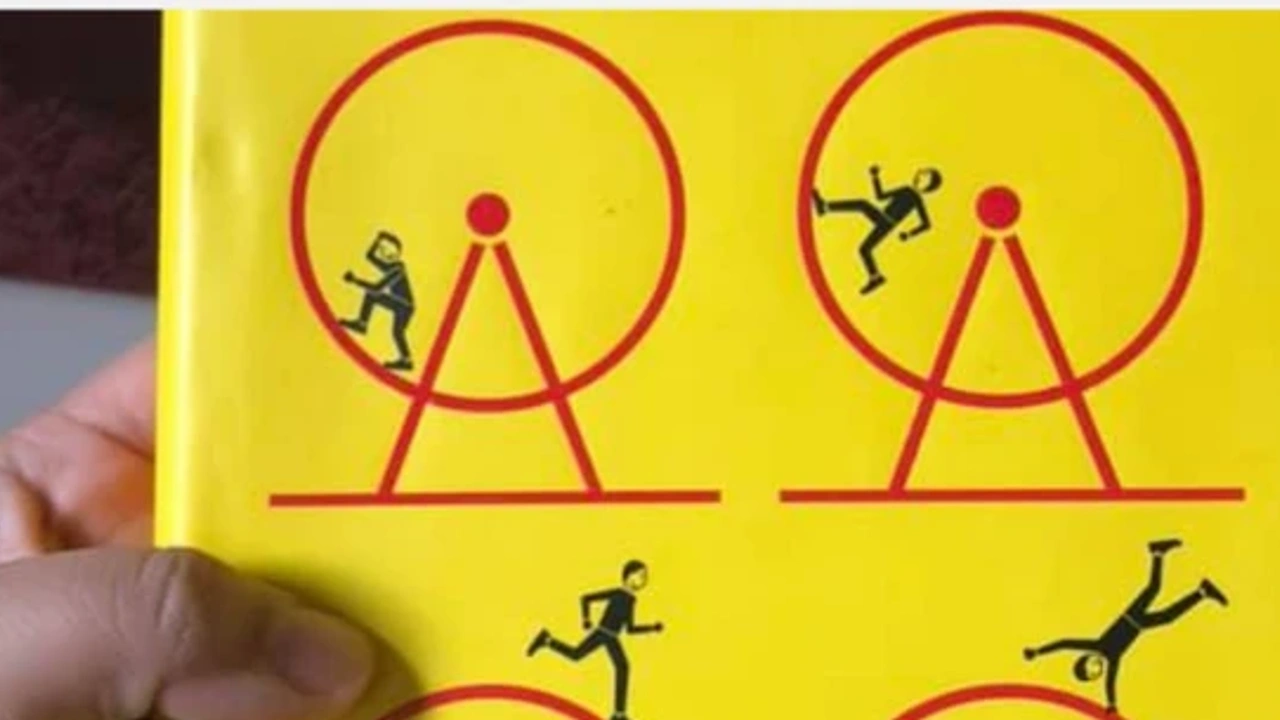Changing The Anger Habit
Jul 02, 2022
Anger is normal and even healthy. We as parents know that better than anyone because we've seen our 2-year-old show anger the likes of which would scare a full grown dragon! Fire n all!:)
BUT we and our children can learn how to deal with anger in a safe way. Safe for us. Safe for others.
Whereas toddlers heaving fire while angry is developmentally normal, when we do it, it's not only not ok, but we're in fact modeling poor emotional regulation for our children and perpetuating the cycle of rage.
Here's what we can do instead.
This is not a parenting book (see image) but I found it useful for understanding why we’re in the habit of responding to our children with so much frustration and anger- especially the “rage level” anger. I’ll summarize the main point of the book.
Each habit has three main constituents: 1- Cue: what triggers it in your brain 2- Routine: what you do next 3- Reward: some kind of instant feel-good outcome
We can only change the ROUTINE portion. That is, we can change how we react to the CUE.
We can’t ELIMINATE the habit altogether. That is, we can’t just give up the reward because our brain is programmed to get the reward when it sees the cue. So now we will teach our brain to have a different ROUTINE (reaction) to the same CUE.
Example: People who try to give up smoking have better success (statistically) when they REPLACE the habit with a similar cue/reward habit.
Cue: Brain craves a cigarette or sees someone else smoking or sees a smoked cigarette butt and that’s their cue.
Routine: They then use a nicotine-replacement patch/gum etc.
Reward: They get a similar reward (nicotine-hit).
Once they change this habit (opening the pack of cigarettes, sticking it in their mouth and lighting it), they can then give up the routine altogether eventually.
Now how to apply this to how our brain is programmed to react to our kids with sudden anger? How to change our “trigger” or cue?
Step 1: Identify the cue. What triggers your anger? Identify the feelings associated with the anger (the rising feeling of rage that begins in your abdomen somewhere). For many people the cue is their child “not listening” to them right away. Or saying “no” with defiance.
Step 2: Decide what you will do next as soon as you detect a cue. You wang to replace your current reaction. I found it helpful to just “pause”- first by leaving the room and now I can take a mental pause while just standing there.
Step 3: Reward. The usual ‘reward’ of blowing up at your child is that it does feel good in that moment because you feel like you’re “doing something” proactive. After changing the routine, your new reward will be those wonderful feelings of “wow I didn’t blow up at my kid, I acted like an adult”. Allow yourself to revel in that feeling and teach your brain to enjoy this new reward:)
Final note: Be patient with this process and yourself. Nothing we talk about in this group is a magical overnight solution. Everything we’re learning here takes time. Don’t beat yourself up for the times you fail. They will never completely vanish. But celebrate each victory! We got this!!!
